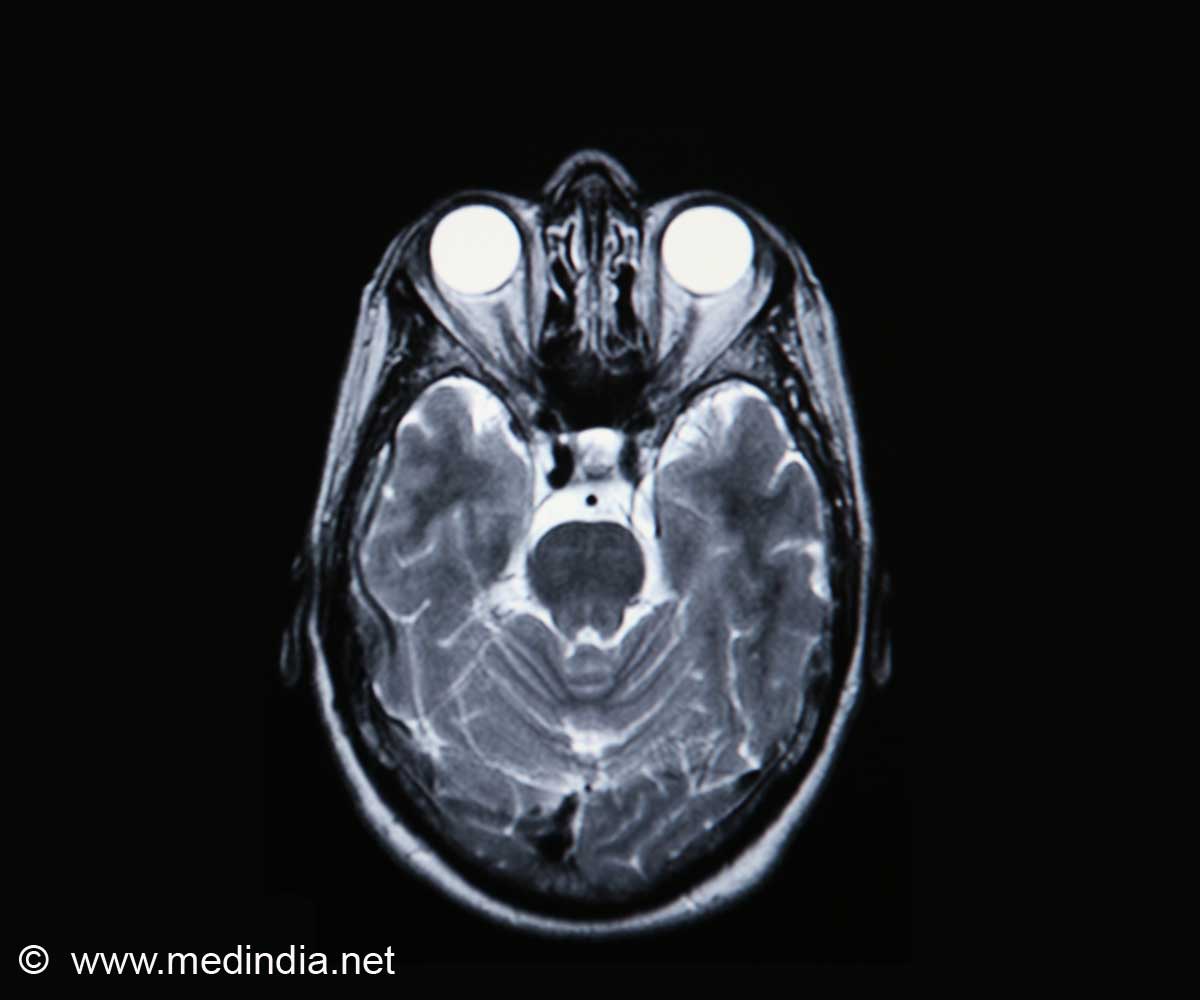Researchers have discovered a new way to untangle the complex network of the brain by introducing a new innovative brain-tracing technique

A team led by Gladstone Investigator Anatol Kreitzer, PhD, and Salk Investigator Edward Callaway, PhD, combined mouse models with a sophisticated tracing technique-known as the monosynaptic rabies virus system-to assemble brain-wide maps of neurons that connect with the basal ganglia, a region of the brain that is involved in movement and decision-making.
Developing a better understanding of this region is important as it could inform research into disorders causing basal ganglia dysfunction, including Parkinson's disease and Huntington's disease.
"Taming and harnessing the rabies virus-as pioneered by Dr. Callaway-is ingenious in the exquisite precision that it offers compared with previous methods, which were messier with a much lower resolution," Dr. Kreitzer, who is also an associate professor of neurology and physiology at the University of California, San Francisco, with which Gladstone is affiliated, said.
"In this paper, we took the approach one step further by activating the tracer genetically, which ensures that it is only turned on in specific neurons in the basal ganglia. This is a huge leap forward technologically, as we can be sure that we're following only the networks that connect to particular kinds of cells in the basal ganglia," the researcher said.
The research is published in the journal Neuron.
Advertisement









